The meaning of the mandarin and 6 other Japanese New Year traditions explained
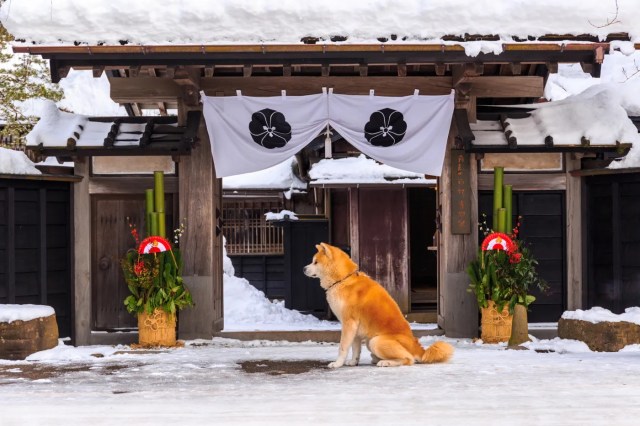
Join us as we take a look at some of the most popular Japanese New Year traditions and reveal the spiritual symbolism and superstitions behind them.
For people in Japan, the most important event on the calendar is New Year’s. With its focus on family and tradition, many people here take the first three days of the year off work to travel back to their hometowns and take part in festivities firmly rooted in centuries of culture and meaning.
So what are some of the most important and widespread traditions in Japan? Join us as we delve deeper into some of these customs and explore their symbolism and significance.
1. The difference between ganjitsu and gantan: why are there two ways to write New Year’s Day in Japanese?

Both 元日 (ganjitsu) and 元旦 (gantan) mean “New Year’s Day” in Japanese. Commonly used on New Year’s cards to mark the first day of the new calendar year, there’s actually a slight variation in meaning due to the different kanji in each expression. The 日 in 元日 means “sun” or “day” in Japanese, giving the impression of “first day”, while the 旦 in 元旦 refers to sunrise (can you see the “日” or “sun” peeking over the flat horizon in the second kanji?), emphasising the notion of “first sunrise“, which is quite significant, given that many Japanese will watch the sunrise with friends and family at the crack of dawn on January 1.
2. What’s with the bamboo and pine decorations at the door?
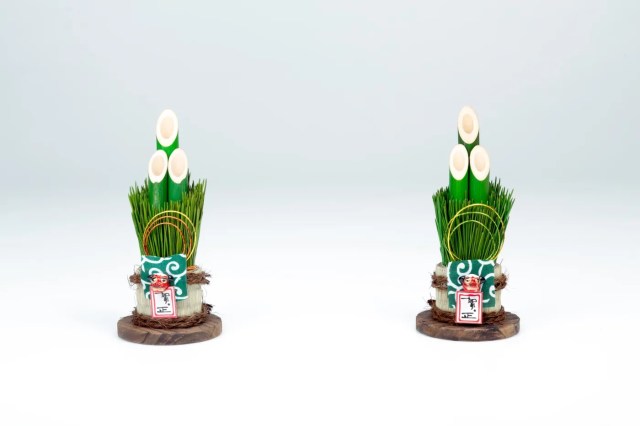
The start of the year is a spiritual time for Japanese, when New Year’s gods are said to descend from the heavens and exist in the earthly realm. In order to guide the gods towards them, many households, businesses and sacred sites put up pine and bamboo decorations known as kadomatsu, on either side of entrance ways. The decorations, with multi-tiered bamboo shoots representing heaven, earth and humanity, are believed to attract the gods and draw the lucky spirits towards them. The gods dwell in the pine until January 7, after which time the decorations are taken to a shrine to be burnt, releasing the spirits back to their realm.
3. Why is there always a mandarin on top of New Year’s rice cakes?
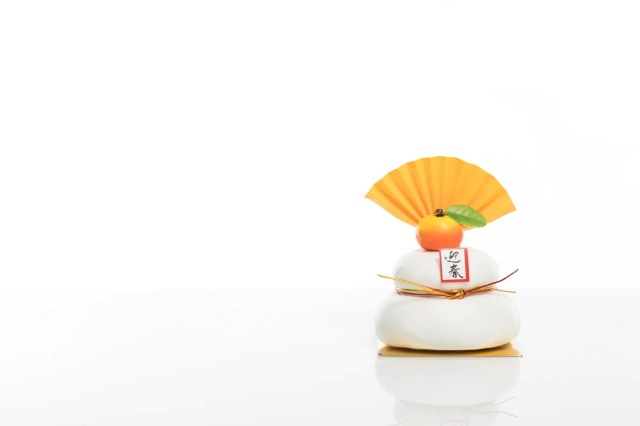
The Japanese New Year’s cake, made from two round layers of pounded rice, is commonly crowned with a bright orange Japanese mandarin called a mikan. This is actually a modern addition, as traditionally these cakes were adorned with a different citrus fruit known as daidai. Daidai are considered auspicious as the meaning of the word can be translated to “generation after generation”, representing the family’s wish for a long and prosperous bloodline. However, as the daidai fruit is large and bitter, the more palatable and proportionally pleasing mikan became widely used, while still retaining the daidai notion of health and longevity.
4. Why is it called kagami-mochi or “mirror rice cake”?
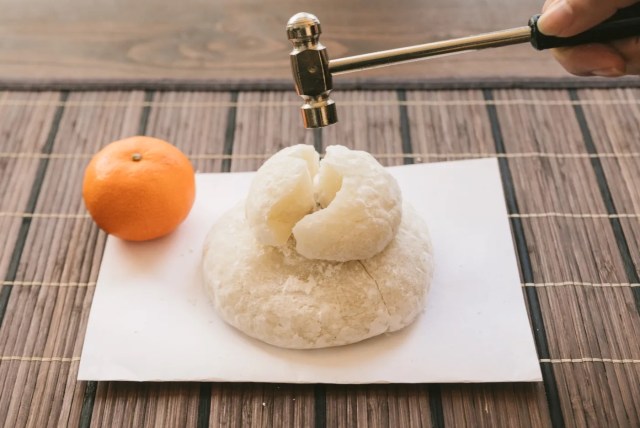
The New Year’s rice cake is another festive item said to contain the spirit of the gods. Its round shape is a homage to one of the holiest items in all of Japan, the mirror of the sun goddess Amaterasu. According to Japanese mythology, the earth went dark when Amaterasu retreated from the world and hid in a cave. The sun goddess was eventually drawn out from the cave with a mirror, ultimately bringing light back into the world. With its round, mirror-like shape, Kagami mochi symbolises the renewal of light and energy present at the start of a new year, and it’s ceremoniously cracked with a hammer or opened with your hands (never with a knife as that’s too similar to seppuku disembowelment) on January 11, when the small pieces are eaten in a New Year’s soup called ozoni.
5. Why are festive chopsticks tapered at both ends?
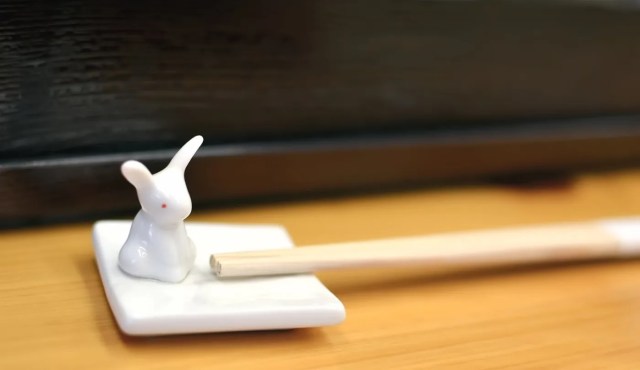
Festive chopsticks, known as iwaibashi, are made using wood from the willow tree, which has been considered sacred since ancient times. The thickness of the middle is said to represent a full straw bag, which suggests a bumper crop of rice, while the tapered ends indicate that the chopsticks can be used to eat with from either side. When using the chopsticks, however, only one end should be used for eating as the other is reserved for the gods present at the feast.
6. What’s the significance of drinking special spiced sake?
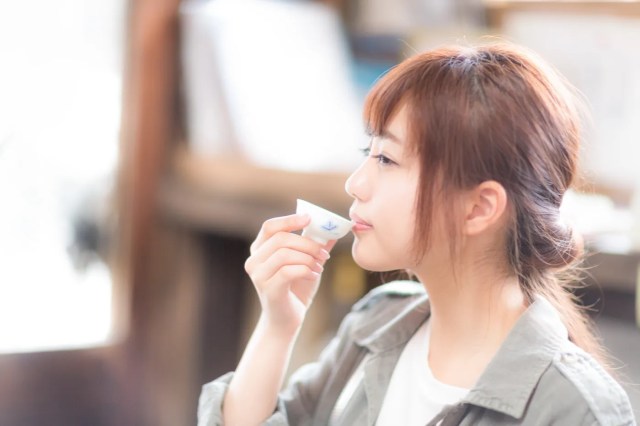
Traditionally served on New Year’s Day, this special sake is said to expel last year’s bad luck and help with health and longevity in the new year. Known as O-toso, using the kanji 屠 (defeat) and 蘇 (evil spirit), the medicinal herbs used in this mixture are said to assist digestion and protect against colds, perfect for the winter feasts of the New Year. The sake is served from a lacquered pot and poured into three different-sized shallow drinking cups which each family member sips from, in order of smallest to largest. Guests who visit in the New Year are also offered the special sake as a way of extending the wish for their health in the new year.
7. What’s the meaning behind the traditional New Year’s holiday food?
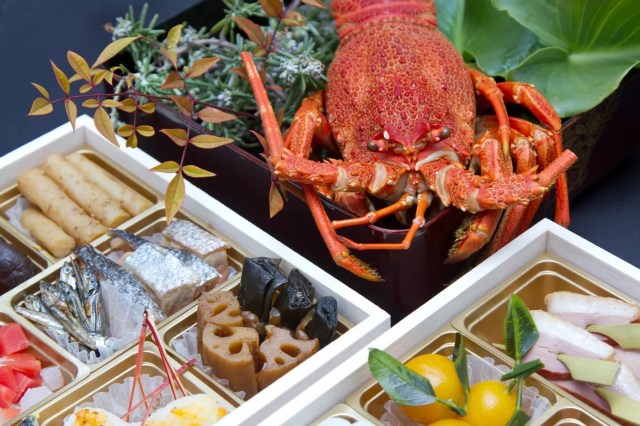
Osechi-ryori, the traditional New Year’s holiday food in Japan, has a long tradition stretching back to the Heian Period (794-1185). Originally, it was considered taboo to cook meals on a hearth during the first three days of the New Year, so stackable boxes filled with long-lasting food items were prepared by December 31, for consumption over the first three days of the New Year. Although there are no problems associated with cooking during the holiday period today, many families still enjoy osechi-ryori, largely due to the auspicious associations attached to its ingredients:
Prawns (ebi) = the long beard and bent back symbolises a wish for long-life.
Herring roe (kazu no ko) = a cluster of bright herring eggs represents the kind of healthy offspring that one wishes for their family.
Black soybeans (kuro mame) = mame, also meaning “health”, is for health in the New Year.
Sea Bream (tai) = tai is fortuitous as it forms part of the word medetai, which means auspicious in Japanese.
Kelp (konbu) = konbu sounds a lot like yorokobu, the Japanese word for happiness.
Lotus Root (renkon) = the lotus root has many holes, which allow us to see through it and into the New Year.
Whether you’re in Japan at the moment or thinking about visiting in the future, New Year’s is a great time to take part in some unique events and learn more about the finer aspects of Japanese culture. Wherever you are, we hope you have a good one and all the best for the coming year!
Featured image: Pakutaso
Insert images: Pakutaso (1, 2, 3, 4, 5, 6, 7)
● Want to hear about SoraNews24’s latest articles as soon as they’re published? Follow us on Facebook and Twitter!
Credit:

0 comments: